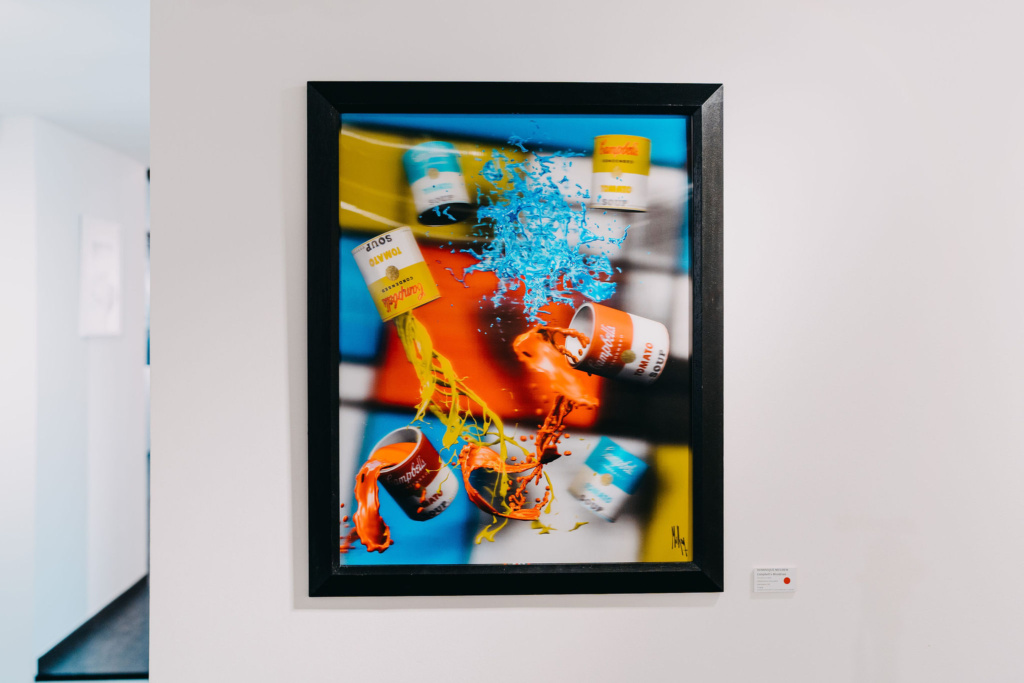Dominique Mulhem is a French artist born in Neuilly-sur-Seine in 1952. At a very young age, he studied perspective techniques with the same desire as Brunelleschi, in search of a realistic representation of space. The monofocal perspective of painting led him to think about our bifocal vision. He began producing bifocal perspectives that allowed the perception of relief using red and blue glasses. Then he learned about vision and relief rendering techniques. He created his first bifocal holopainting with a lenticular network in the 1970s, depicting a hand. His encounter and conversations with Professor Maurice Bonnet at CNRS, the inventor of the process, helped him refine his technique.
In the late 1970s, he learned holography to have a multifocal vision. His first works were exhibited under the name of holopaintings for the inauguration of the Holography Museum of Paris at Beaubourg in 1980. Dominique Mulhem became one of the pioneers of holographic art. He placed his first holopainting as a milestone at the hinge of tradition represented by oil on canvas and the cutting-edge technology of holography. In 1980, the term “Multimedia” was first used worldwide by the Holography Museum to define his work.
Every decade, Dominique Mulhem shares his vision of the world with us. Today, his works challenge us on various characteristics of our society in the face of standardized culture as objects of mass consumption. Between our secret desires to mutilate the gaze on the work and the social scarification, whether ethnic, tribal, or post-modern, these incisions on the canvas skin signify a revealed belonging to the world of art by opening a new space, an airing for a need to breathe again.
Dominique Mulhem is now exhibited and collected worldwide. Several of his works have found a place in the collections of prestigious museums around the world such as the Holography Museum in Paris, France, or the Hungarian National Museum in Budapest, Hungary, among others.
Artwork instance :




